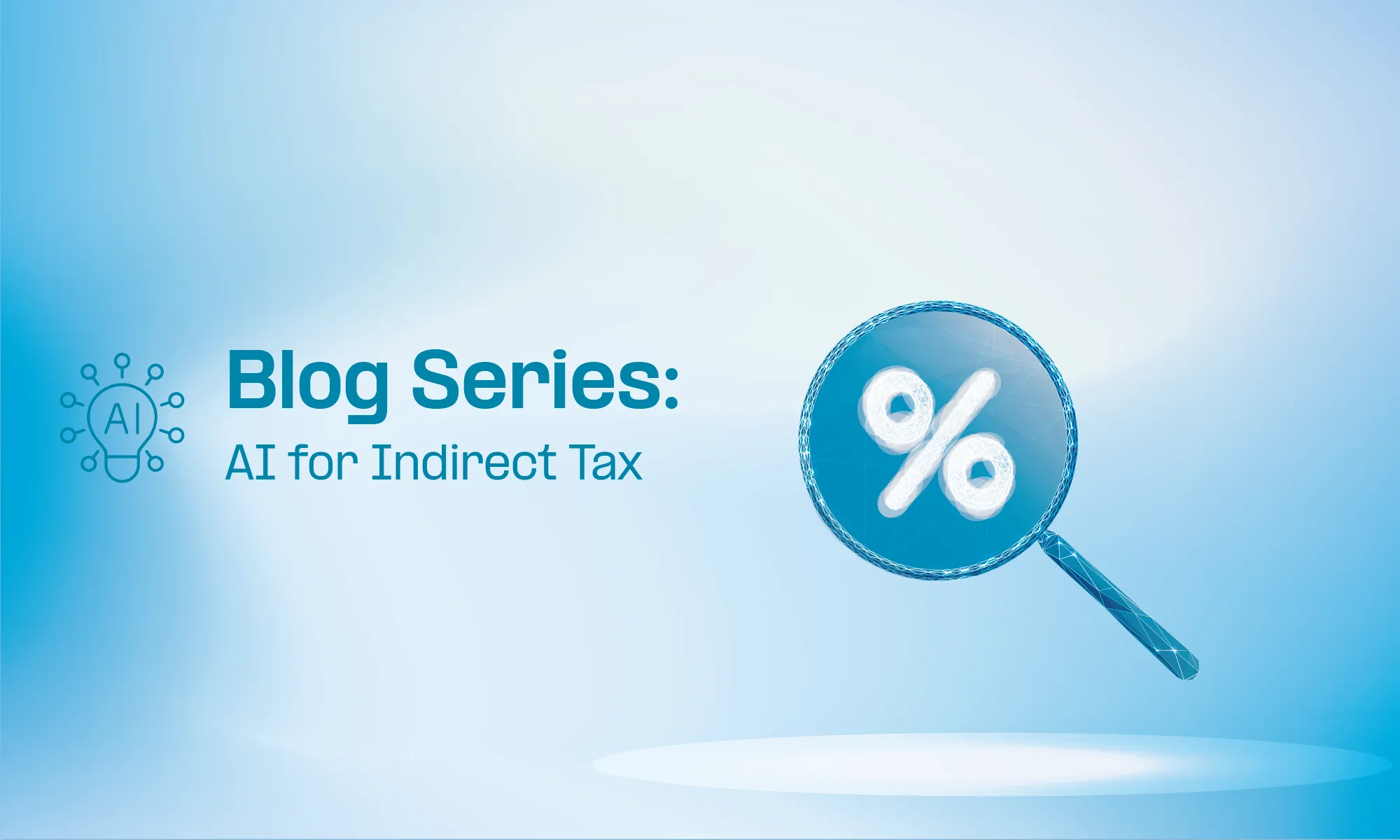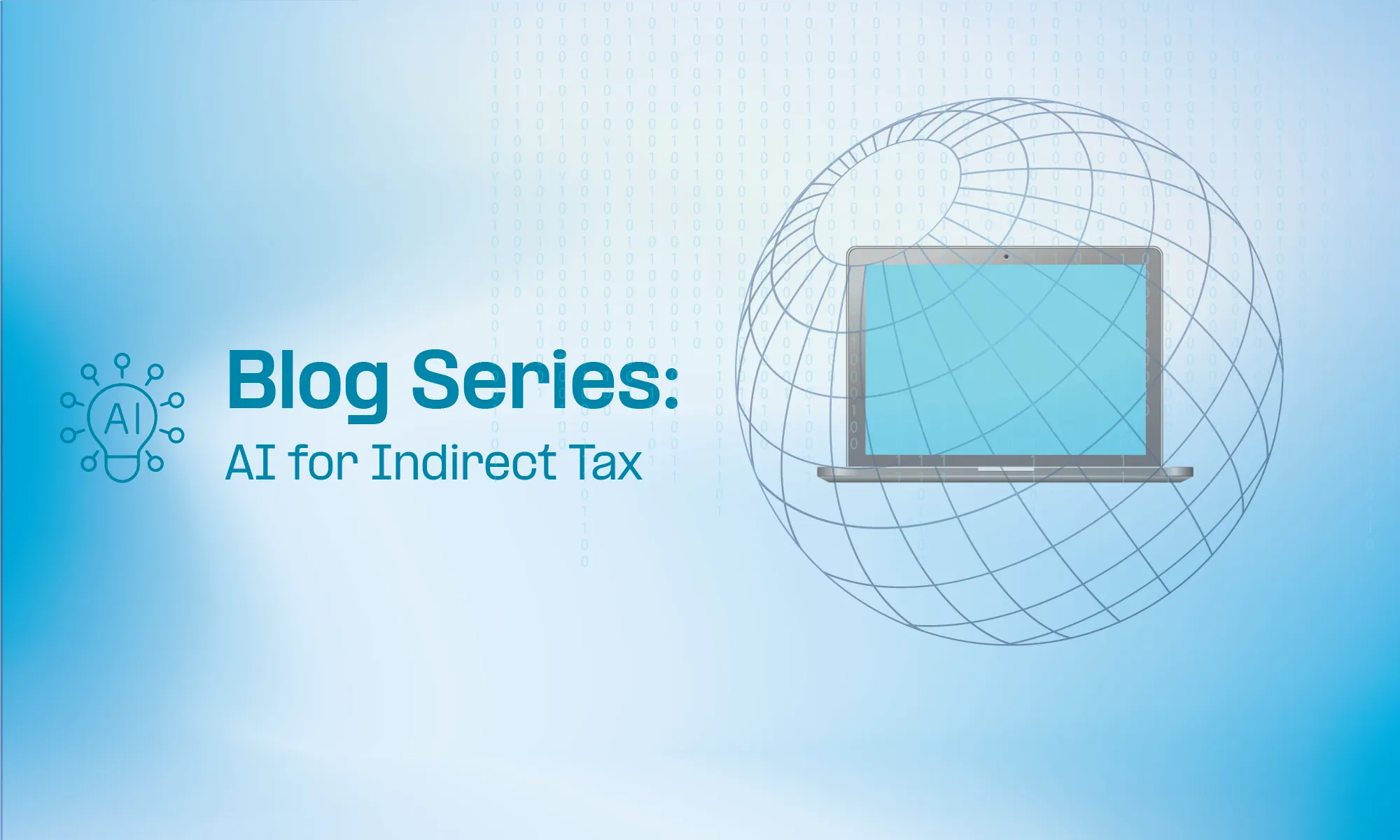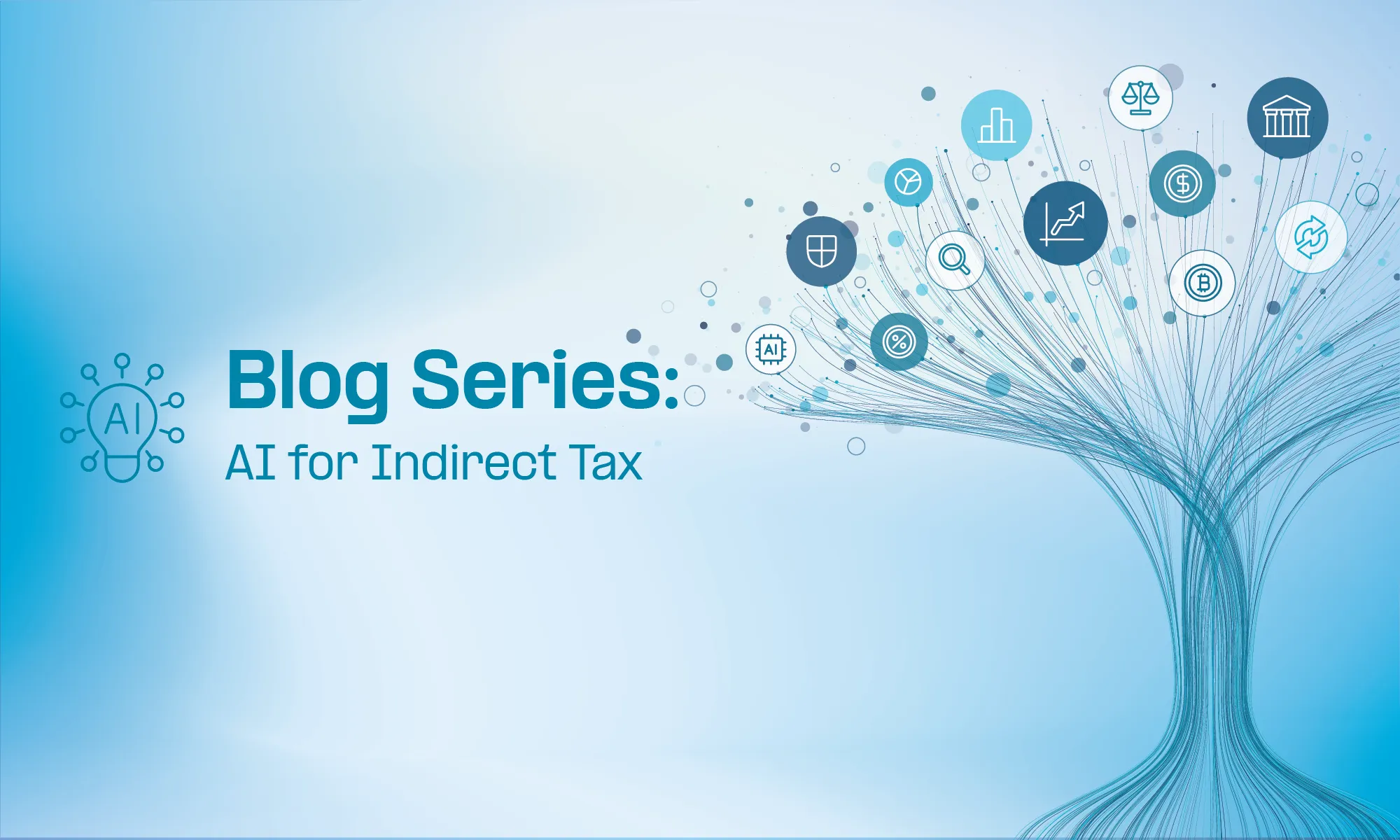Everyone in tax is talking about AI. Conference agendas are packed with AI sessions. LinkedIn is full of posts about AI transformation. But talk is cheap.
Finding tax leaders who have actually been experimenting with AI for years, who have battle-tested use cases and real lessons learned from failures, is much harder. That's why I wanted to sit down with Jenny Travis (Doyle), Canva's Head of Indirect Tax.
To be that early in AI's rise, Canva started building AI into their products and internal processes years ago. By the time AI became the hot topic in tax, Jenny's team already had a head start on implementation and experimentation.
This isn't aspirational thinking about what AI could do someday. This is what's working right now for a tax team at a global company that invested early and learned through doing.
Here's what stuck with me from our conversation.
1. You don't need a massive budget to start experimenting
Jenny's first AI project was beautifully simple: keeping on top of global ecommerce legislation. Instead of manually googling and reading Big 4 newsletters, her team created a custom GPT that searches specific sources and pulls information into a spreadsheet.
The key insight? It's okay to fail fast and cheaply. They iterated on the GPT, gave it context about Canva's footprint, legal entities, and business model, and now it does high-level risk assessments. The whole thing took 5-6 hours to build something equivalent to expensive monitoring tools.
Jenny's tip: Be specific with your prompting, ask for sources, then validate. And here's the clever bit: they ask the GPT how confident it is in its answers.
2. Custom GPTs beat generic tools
"You only get out of AI what you put into it," Jenny told me. The more you invest in building GPTs and copilots tailored to your specific needs, the better the output.
Generic AI tools don't understand your footprint, your business model, or your specific compliance obligations. Custom solutions do. That's why Canva invests in building bespoke AI rather than relying solely on off-the-shelf options.
3. Map your processes before you automate them
This came up multiple times in our conversation. You can't just point AI at broken processes and expect magic. Jenny emphasized that understanding your tax processes and tax logic is the foundation of everything else.
AI accelerates what you're already doing. If your processes are unclear or inefficient, AI will just make them faster and more unclear. Do the hard work of mapping first.
4. Data quality determines everything
Jenny used a brilliant analogy comparing AI accuracy to self-driving cars. Just as autonomous vehicles need clean data about road conditions to work safely, AI needs clean, centralized financial data to produce reliable outputs.
Canva invested early in creating a single source of truth for financial data. That investment pays dividends now because their AI has accurate, efficient-to-access information to work from.
If your data is scattered across systems or poorly structured, AI will give you confidently wrong answers.
This is where the foundation matters most. A unified platform for tax data that validates from the beginning of your indirect tax process sets your team up for success in the AI era. When your data is clean, structured, and centralized from transaction to compliance, AI can deliver reliable insights instead of confidently wrong outputs. Talk to our team to see how Fonoa helps tax teams build this foundation.
5. Think about build vs. buy strategically
When we talked about how tax teams should think about AI investments, Jenny was pragmatic. Some things are worth building in-house. Others aren't.
Her framework: evaluate AI projects based on the value they create, the effort required, and whether they give you a competitive advantage. Don't build what you can buy unless customization delivers significantly better results.
And here's something I found fascinating: Jenny advised against hiring for roles that will be automated. Instead, outsource those tasks to managed services while you build internal capability in areas where AI augments rather than replaces human judgment.
6. AI changes what roles your team needs
Tax skillsets are evolving rapidly. The ability to prompt AI effectively is becoming as important as technical tax knowledge. Teams need people who can evaluate AI outputs, understand when to trust recommendations, and know when to dig deeper.
Jenny's vision is that tax teams move from reactive compliance work to proactive business partnership. AI handles repetitive tasks, freeing up humans for strategic work that requires judgment, relationship-building, and complex problem-solving.
7. Start with Canva's four-pillar playbook
Jenny walked me through Canva's AI implementation framework:
- Set the foundations: Data quality, understand tax processes, map tax logic
- Automate: Identify repetitive, time-consuming tasks and build AI solutions
- Embed: Integrate AI into daily operations so it becomes how work gets done
- Strategize: Use AI to unlock strategic value and transform how the tax function operates
Her dream? Low-touch or no-touch compliance with real-time, continuous reporting. The tax world may not be there yet, but companies like Canva—and, of course, Fonoa—are building toward that future right now.
Want the full conversation? Watch the complete webinar recording where Jenny shares specific implementations, governance frameworks, and predictions about how regulators will respond to AI in tax.


















